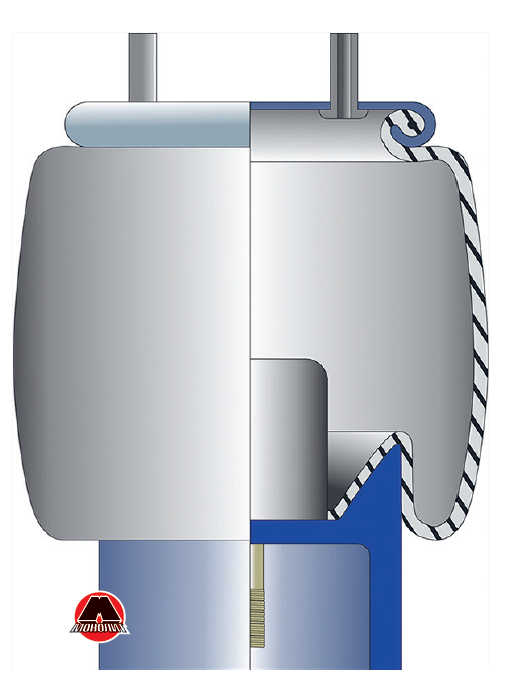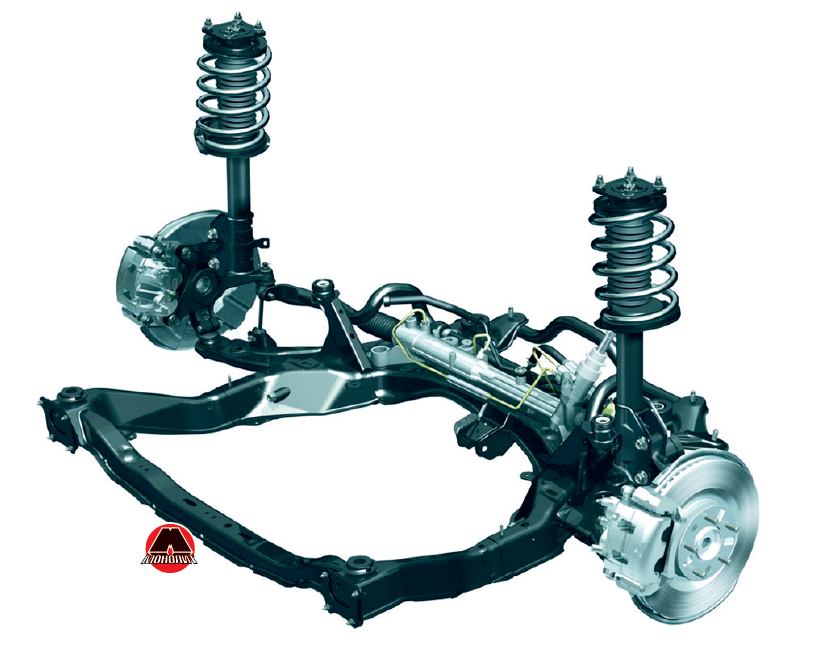6.1.19 Pneumatic element
As the car is loaded with hand luggage and passengers, the rear suspension sags. This decreases the ground clearance and the probability of suspension breakdown increases (we described what it is above). In order to avoid this, designers first decided to replace the rear suspension springs with air springs (an example of such an element is shown in Figure 6.17). These elements are rubber buffers, into which air is pumped. In case if the rear suspension is loaded, air pressure inside the air springs increases. The position of the car body relative to the surface and the suspension travel remain unchanged. The likelihood of interlocking of the chassis elements is minimized.
|
|
|
Powerful compressors and an electronic control unit, as well as the possibility of automatic and manual control of the suspension were installed in order to expand the capabilities of the air springs. This is how a semi-active suspension, which, depending on the driving mode and road conditions, automatically changes the ground clearance, was invented. After the introduction of shock absorbers with variable stiffness into the structure, an active suspension was obtained at the output.


 Figure 6.17 Air cushion.
Figure 6.17 Air cushion. Figure 6.18 Front suspension with sub frame.
Figure 6.18 Front suspension with sub frame.
















2 MB